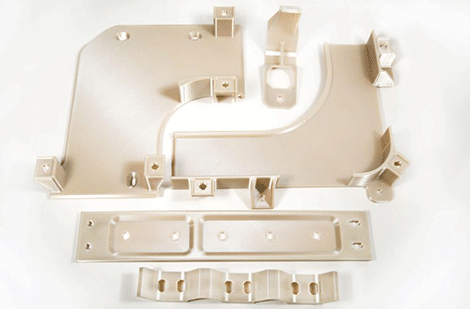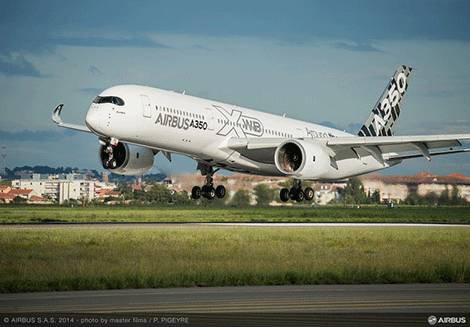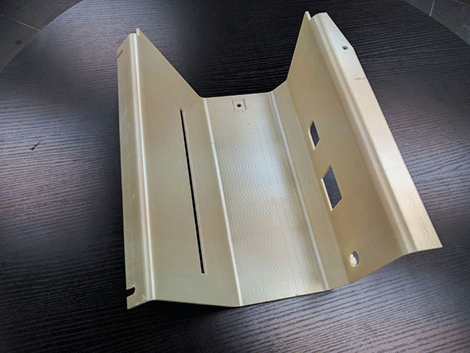
A rare view of 3D printed components, ready to be fitted to an Airbus A350 XWB
An announcement by Airbus that it will use Stratasys FDM 3D printers for non-structural parts such as brackets on its A350 XWB aircraft, sees the aerospace industry increase its adoption of 3D printed end-use parts.
Airbus will now use Stratasys Direct Manufacturing’s 3D printing capacity and infrastructure for parts on demand for its next generation of aircraft, with Airbus signalling that this will allow them to achieve greater supply chain flexibility, and improve cost competitiveness, while leveraging on reduced material consumption and waste.
The companies have worked together since 2013 on the implementation of 3D printing FDM applications, leading to the qualification in 2014 of the Ultem 9085 material for the production of flying parts on Airbus aircrafts. With thousands of parts installed on aircraft since 2015.

An Airbus A350 XWB
The announcement follows on the back of news that Hong Kong-based Western Tool & Mold (WTM), a specialist for the aircraft interiors market, is producing aircraft cabin components that meet stringent FAA and EASA certification requirements.
WTM is now using the Stratasys technology to 3D print aircraft cabin parts with complex geometries and low quantity demand such as first-class overhead bin lockers and lavatory components.

A full first class cabin headphone cabinet part, 3D printed in Ultem 9085 material
By 3D printing these parts directly from CAD designs, bypassing metal tooling processes, WTM says that its customers can test parts earlier in the design process and ‘save hundreds of thousands of dollars in manufacturing costs’.
“[The technology] gives us the opportunity to provide repeatable, certified aircraft parts to tier 1 and tier 2 aircraft parts suppliers but also the accompanying documentation process is now automated – making it easier to meet evolving industry quality standards,” said Collin Wilkerson, managing director, Western Tool & Mold.






